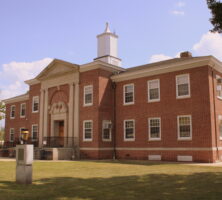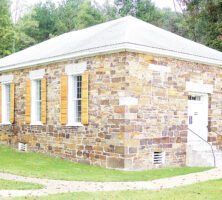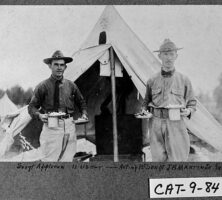Catoosa County, located along the Tennessee border in northwest Georgia, is the state’s 100th county. According to the 2020 U.S. census, Catoosa County’s population is 67,872, an increase from the 2010 population of 63,942.
Catoosa was created from parts of Walker and Whitfield counties in 1853 and comprises 162 square miles. The county was named for Catoosa Springs, which in turn was named for a Cherokee chief. Before white settlement the Cherokees held the area and used the springs for medicinal purposes. Later, during the Civil War (1861-65), the springs were the site of much activity. A Union encampment and several Confederate hospitals were located there, and in 1864 troops skirmished in the area.
In 1805 the federal government signed treaties with the Cherokee and Creek Indians that led to the construction of the Federal Road across the land that later became Catoosa County. In 1830 the state legislature authorized a survey of Cherokee territory and set up a lottery commission to parcel out the land to white settlers. Beginning in 1838, state and federal authorities forced the removal of the remaining Cherokees in the region, an event known as the Trail of Tears.
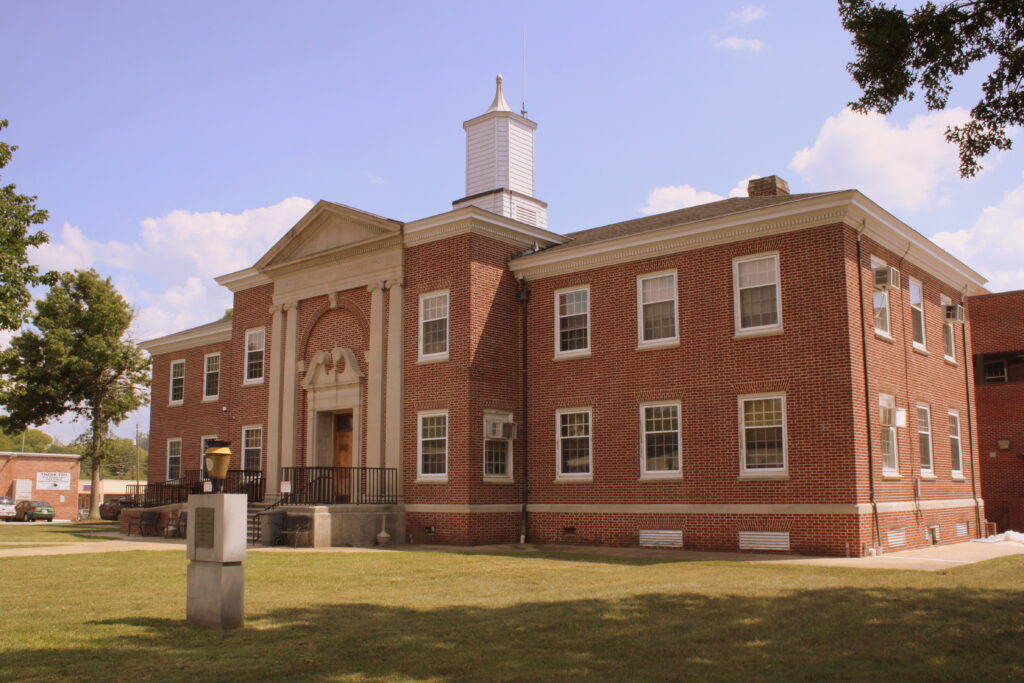
Ringgold, the county seat, was incorporated in 1847 and named after Major Samuel Ringgold, the first high-ranking officer to be killed in the Mexican War (1846-48). Two years later the Western and Atlantic Railroad built a line through the town, which soon became the busiest train stop between Atlanta and Chattanooga, Tennessee. In 1856 Catoosa County’s first courthouse, a two-story brick structure, was built in Ringgold. Soon after its construction, local masons were granted permission to add a third story to the courthouse for a Masonic meeting hall. According to local lore, Union general William T. Sherman did not allow his troops to burn the building in 1864 because of this meeting hall. The current county courthouse was built in 1939 in the Colonial Revival style.
Several other important Civil War events occurred at various sites throughout and near the county. Tunnel Hill, a railroad tunnel in Whitfield County about seven miles southeast of Ringgold, opened in 1849, and a town grew up around it. The tunnel was of strategic importance during the war, and several battles took place there as Confederates defended their territory from Union soldiers. The Whitman-Anderson House, built in 1858, served as Union command headquarters during the Battle of Ringgold Gap in 1863. A number of other battles also took place in Catoosa County, including the capture of the Andrews Raiders in 1862 and the Battle of Chickamauga in 1863. In 1890, to commemorate the Battle of Chickamauga, the U.S. Congress established the Chickamauga and Chattanooga National Military Park, the first national military park in what was to become the National Parks System. General Sherman used the county as the assembling point for his Atlanta campaign in 1864, gathering more than 100,000 Union soldiers there before marching on Atlanta.
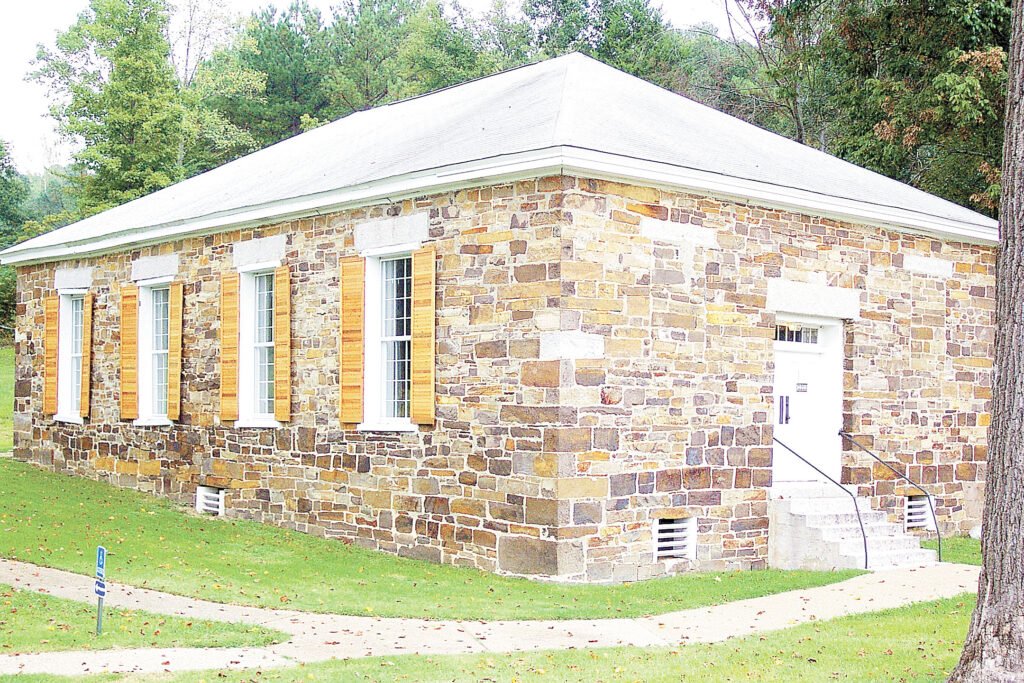
The county’s economy followed the general pattern of southern economies during the nineteenth century, bearing heavy losses during the Civil War and hardships during Reconstruction. However, thanks to the repair of rail lines after the war, small farmers (including numerous sharecroppers) in Catoosa County were able to revive their livelihoods by the turn of the century.
Fort Oglethorpe, named after Georgia’s founder, James Edward Oglethorpe, grew out of a U.S. military base established as Chickamauga Post in 1902. Fort Oglethorpe was at first contained within the boundaries of the Chickamauga and Chattanooga National Military Park. A key training site during the Spanish-American War (1898), the fort became the home base for the Sixth Cavalry during World War I (1917-18) and for the Women’s Army Corps (WAC) during World War II (1941-45). In 1947 the fort was sold on the open market. Considered a “ready-made town,” it incorporated in 1949 as a civilian city.
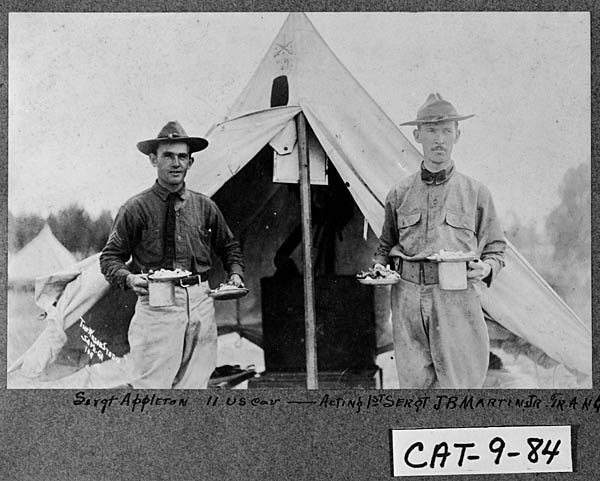
During the early twentieth century, manufacturing began to develop in Catoosa County, especially in the Ringgold area. More county residents are employed in Chattanooga than in Catoosa County itself. The construction of Interstate 75 during the 1960s helped establish outside markets for the area’s manufactured goods and led to the county becoming a bedroom community for Chattanooga.







